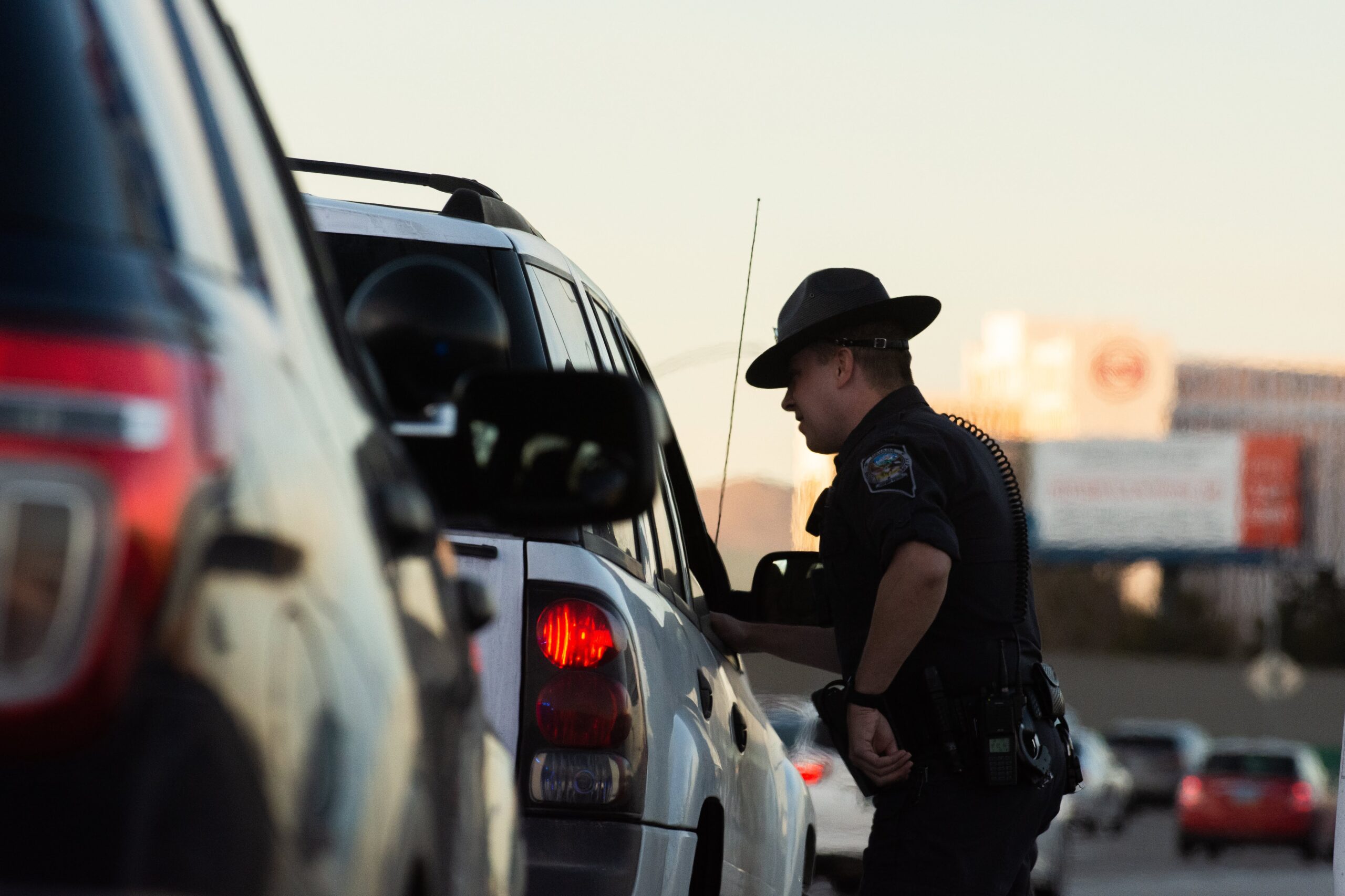Pay increases for state officers expected to bring parity on top of cost-of-living raises

Gov. Joe Lombardo has proposed a pair of pay increases for state employees — 8 percent next year and 4 percent the following year — but public safety officers could see raises around 20 percent in the next year under proposed increases meant to bring their pay in line with counterparts in other state and local governments.
Mandy Bowsmith, administrator for the Division of Human Resource Management, said those additional increases are meant to align state police at “base pay parity with local law enforcement agencies.”
The push to increase pay statewide comes as many state agencies face vacancy rates upwards of 15 percent-20 percent. State law enforcement agencies, in particular the Nevada Department of Corrections, are facing high vacancy rates, driven in part by low pay relative to local police.
“I think we can all agree that corrections is really a hard job, and it's a very difficult job to do. And we're trying to get parity with other states in what they pay correctional officers,” Bowsmith said, later adding, “really, the key to our recruitment and retention lies in the money we can appropriate for state employee wages.”
The governor’s proposed executive budget includes $474 million to fund the “cost-of-living adjustments” for all state and university employees, with the possibility that the first year raises would be either 10 percent or 8 percent “depending on prior collective bargaining agreements,” according to the budget proposal.
That language is similar to the state worker pay bill from the 2021 session, which broadly provided state workers with a 1 percent cost-of-living adjustment, while employees represented by collective bargaining units generally received a 3 percent adjustment.
The budget also includes nearly $52 million to fund a slew of one-, two- and three-grade increases for state correctional officers and sworn law enforcement, with a one-grade difference amounting to 5 percent, Bowsmith said.
But those increases are just a first step toward pay parity between state and local workers.
Bowsmith said the division is planning comprehensive studies on employee classifications and pay, which would give “the legislative body the information that [they] need to make the decisions for how we lessen the gap between state employees and their similarly situated counterparts in local government and in [the] private sector.”
Bowsmith said the gap is between 30 percent and 75 percent, and “that gap is just widening.”
“The longer that we as a state take to address these issues, the wider that gap will get and the more difficult it will be for us to catch up,” Bowsmith said. “And so the two-grade increases for law enforcement or three-grade increases are really meant to try to — it's a baby step — to help narrow the gap that we currently face.”
Editor’s Note: This story appears in Behind the Bar, The Nevada Independent’s newsletter dedicated to comprehensive coverage of the 2023 legislative session. Sign up for the newsletter here.
